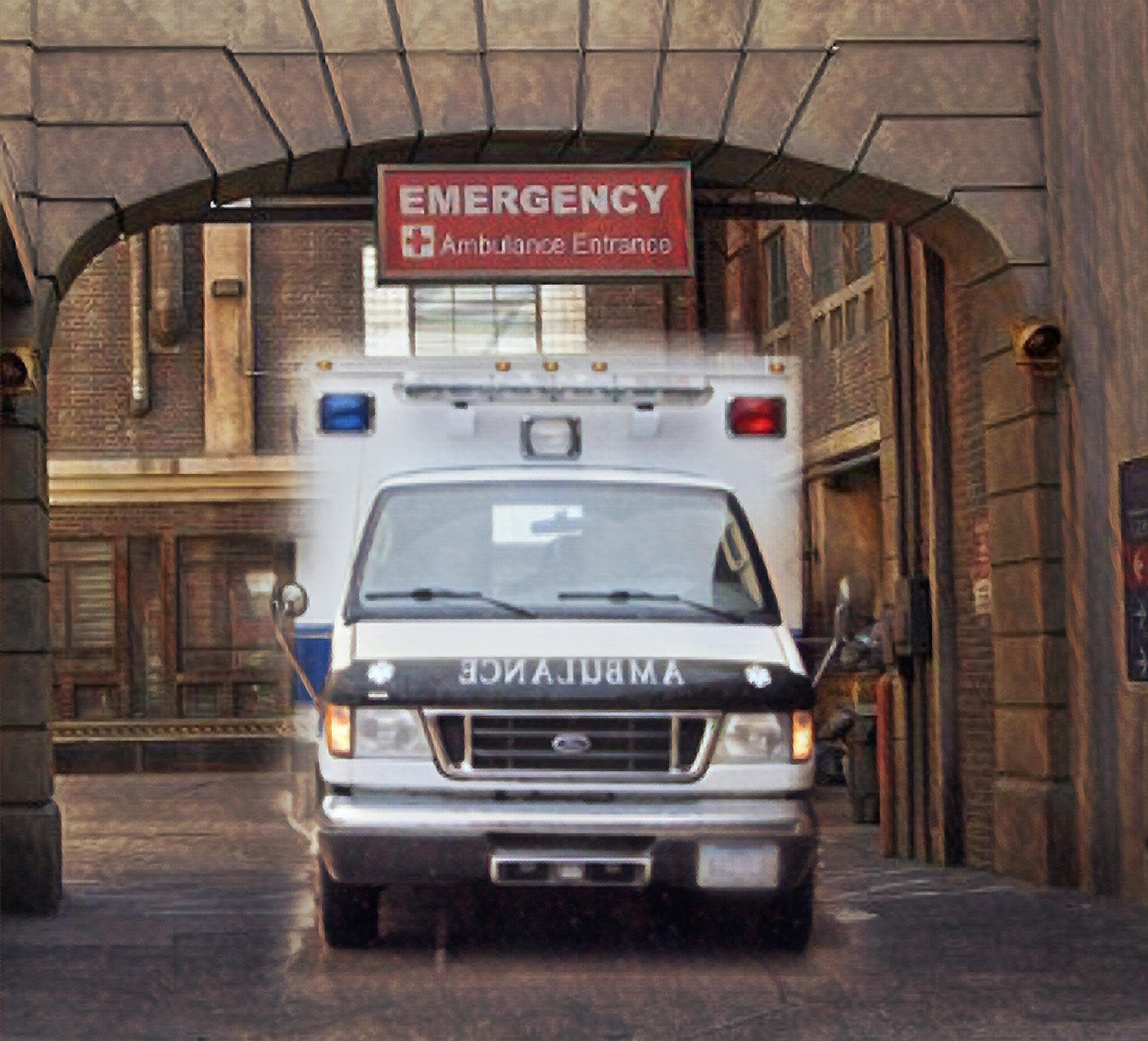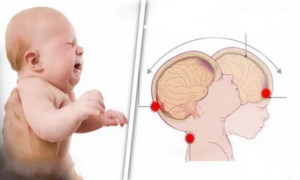by Clayton Kazan, MD MS FACEP

I suppose I am biased. Like many of the readers, I got my start in medicine working as an EMT on the UCLA EMS ambulance in college, and, I entered medical school with the intent to become an Emergency Physician. I have been actively involved in EMS since I was first bitten by “the bug” (yikes, 23 years), and I have always seen my understanding of the local EMS system as fundamental to my Emergency Medicine practice. When I was in residency, my classmates used to tease me (rightfully) as an EMS geek, but I always viewed EMS personnel as an extension of the ED, and knowing their protocols and practice was akin to knowing how our ED nurses manage our patients. EMS providers are as much a part of my treatment team as the ED nurse, tech, secretary, radiology, lab, etc. So, why don\’t more of our ED colleagues feel the same way? Why don\’t more of them take an active part in understanding the basics of the local EMS system in which they practice: scope of practice, treatment protocols, destination criteria, etc?
The American Board of Emergency Medicine (ABEM) and NAEMSP have taken the critical step of establishing a Board Certification in EMS, and I realize that our subspecialty is still in its infancy. Many of our physician colleagues, and, unfortunately, many of our fellow EP\’s still do not know that EMS Board Certification exists. What frustrates me is the lack of understanding by EP\’s that this whole knowledge set exists.
As an example, consider the interfacility transfer for STEMI patients. Our EMS system in Los Angeles County has had STEMI centers for more than 10 years. Since very early in our STEMI program, we recognized that our ED\’s could not get a private transport ambulance quickly enough to get STEMI patients to the cath lab quickly, so, by policy, they are permitted to call 911 to facilitate transfer to STEMI centers. Yet, we often find that our ED physicians start nitroglycerin and heparin drips on these patients prior to calling 911; with a clear lack of understanding that our paramedic scope of practice does not allow for such interventions.
Los Angeles County also allows for “911 re-triage” of trauma patients under specific circumstances in order to get them emergently evacuated from non-trauma hospitals to Trauma Centers. Despite the very clearly defined criteria, only about half of the calls we receive for 911 re-triage actually meet criteria. And, for the patients that do, we often find them receiving blood transfusions or IV infusions (propofol, etc) which are out of our scope of practice. When we share the EMS Agency policy with the ED administration, it is often apparent that they have little to no idea of its very existence.
Unfortunately, this lack of understanding is apparent even from California ACEP. In December 2015 and January 2016, Cal ACEP went on the warpath against Community Paramedicine and Alternative Destination projects citing a lack of data around their safety. Their stance was that people who call 911 are “actively seeking access to emergency care, where their EMTALA rights can be realized.” But, Cal ACEP also noted that its mission is “to support emergency physicians in providing the highest quality care to all patients and to their communities.” But, we (EMS Physicians) are Cal ACEP members and emergency physicians too, and these are our patients and communities. Prior to making its stance, Cal ACEP did not reach out to its EMS constituents for comment or input, and their stance demonstrates a lack of appreciation for the challenges faced by the EMS community. To their credit, since its publications, Cal ACEP has begun to engage with the EMS physician community.
So, how do we solve these issues? As the trailblazers in this new subspecialty, we need to pound the pavement and advocate for EMS. If we don\’t, then the Emergency Medicine (EM) groups will remain our proxy. We need to engage with groups on all sides and demonstrate the value that we bring to the table. This includes the EM groups, but also primary and urgent care, fire chiefs, firefighters, EMS groups, law enforcement, political groups, etc. We can have a loud voice, but only when groups remember to think of us, and they remember to think of us when they see us out there…so get out there and show up at meetings…until people start asking, “who is that guy that keeps showing up and eating our cookies and drinking our coffee?”
I was wrong. EMS is far more than an extension of the ED into the community. EMS is a mobile, community healthcare provider with its own patients, challenges, and values that sometimes transports sick patients to the ED. We care deeply for the communities we serve and the integrity of our EMS safety net. We fill a complex niche in community health that is completely distinct from the EM system. I am proud of my EMS Geekdom!




